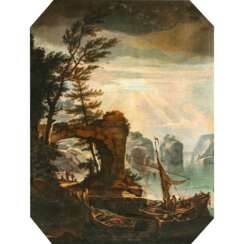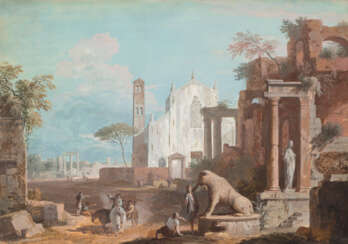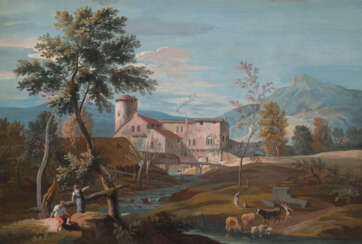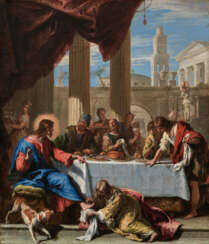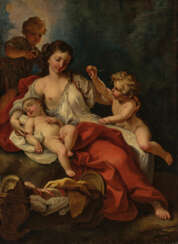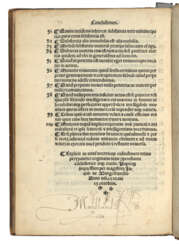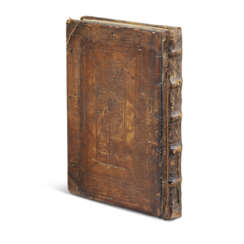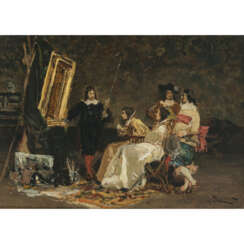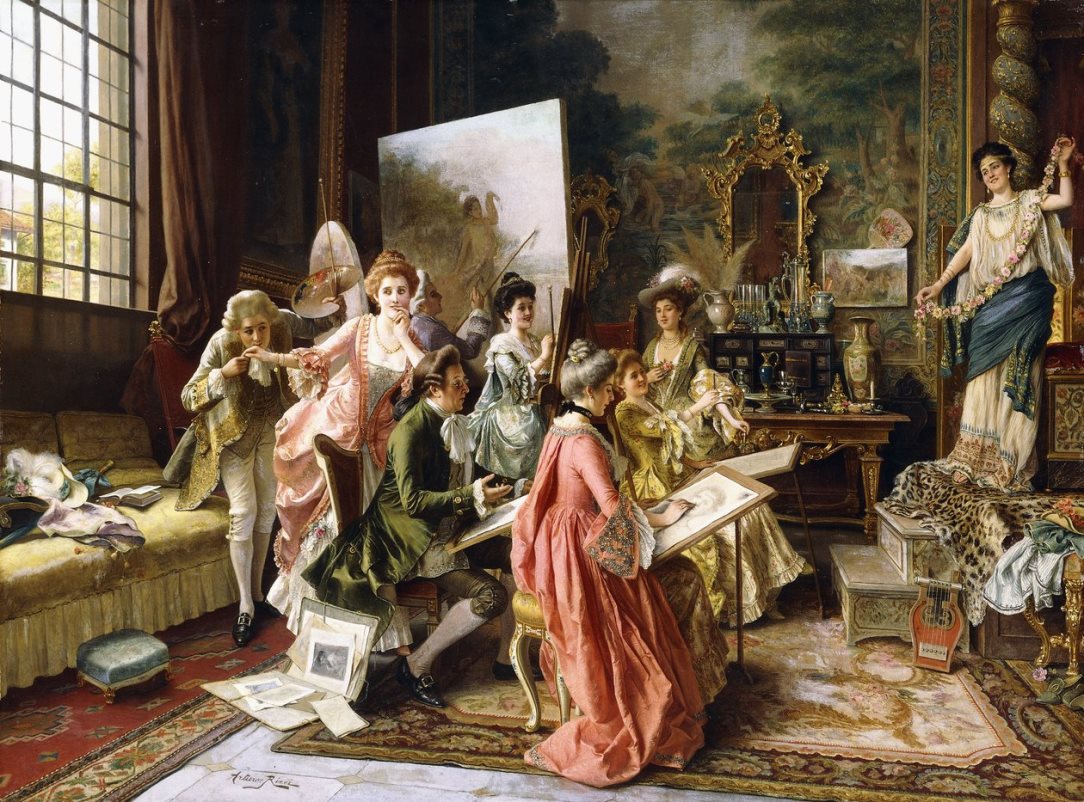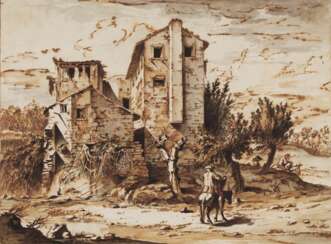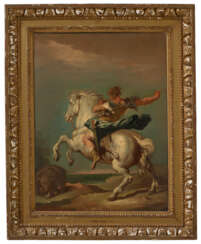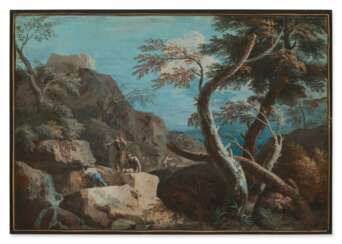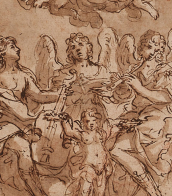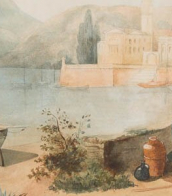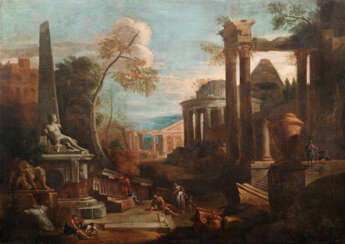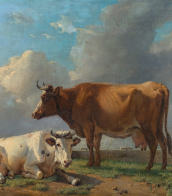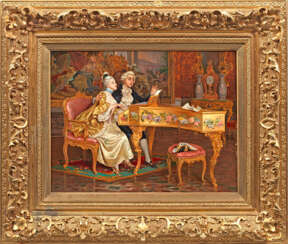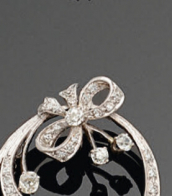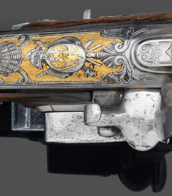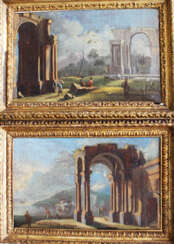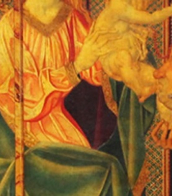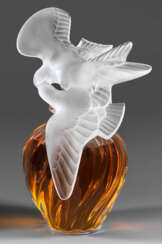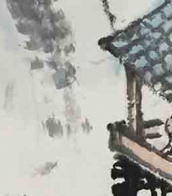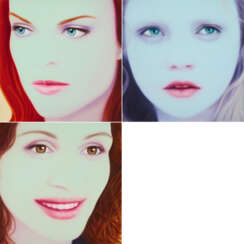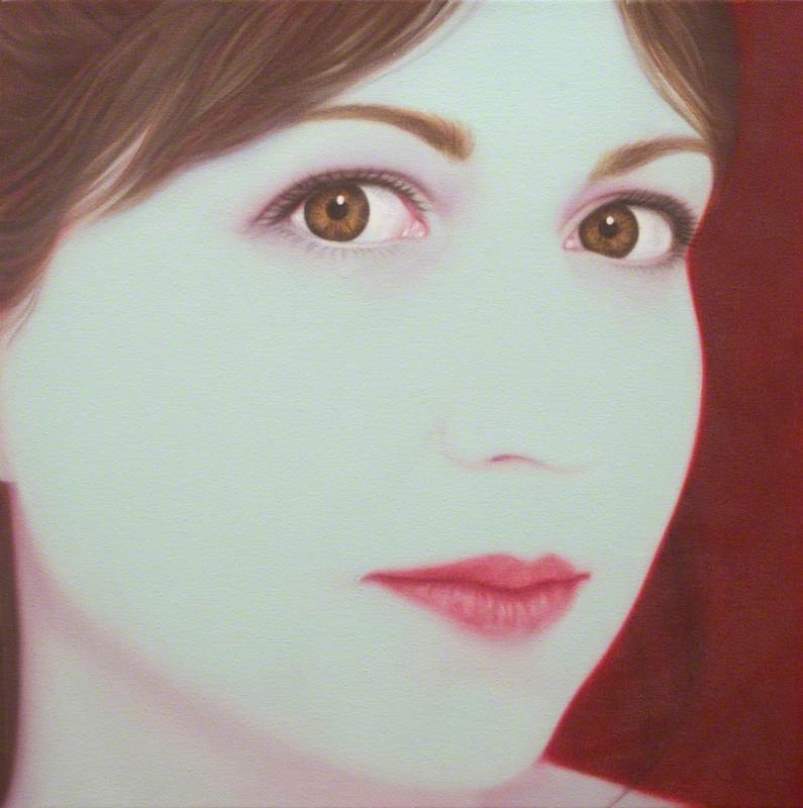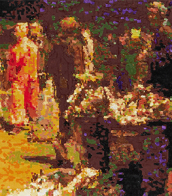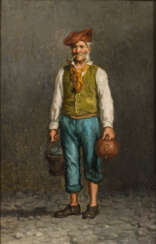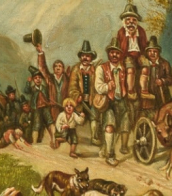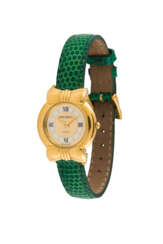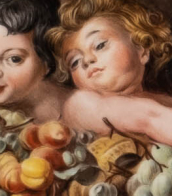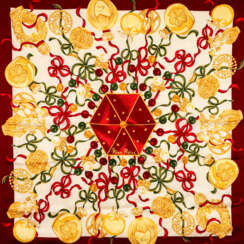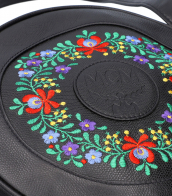ricci
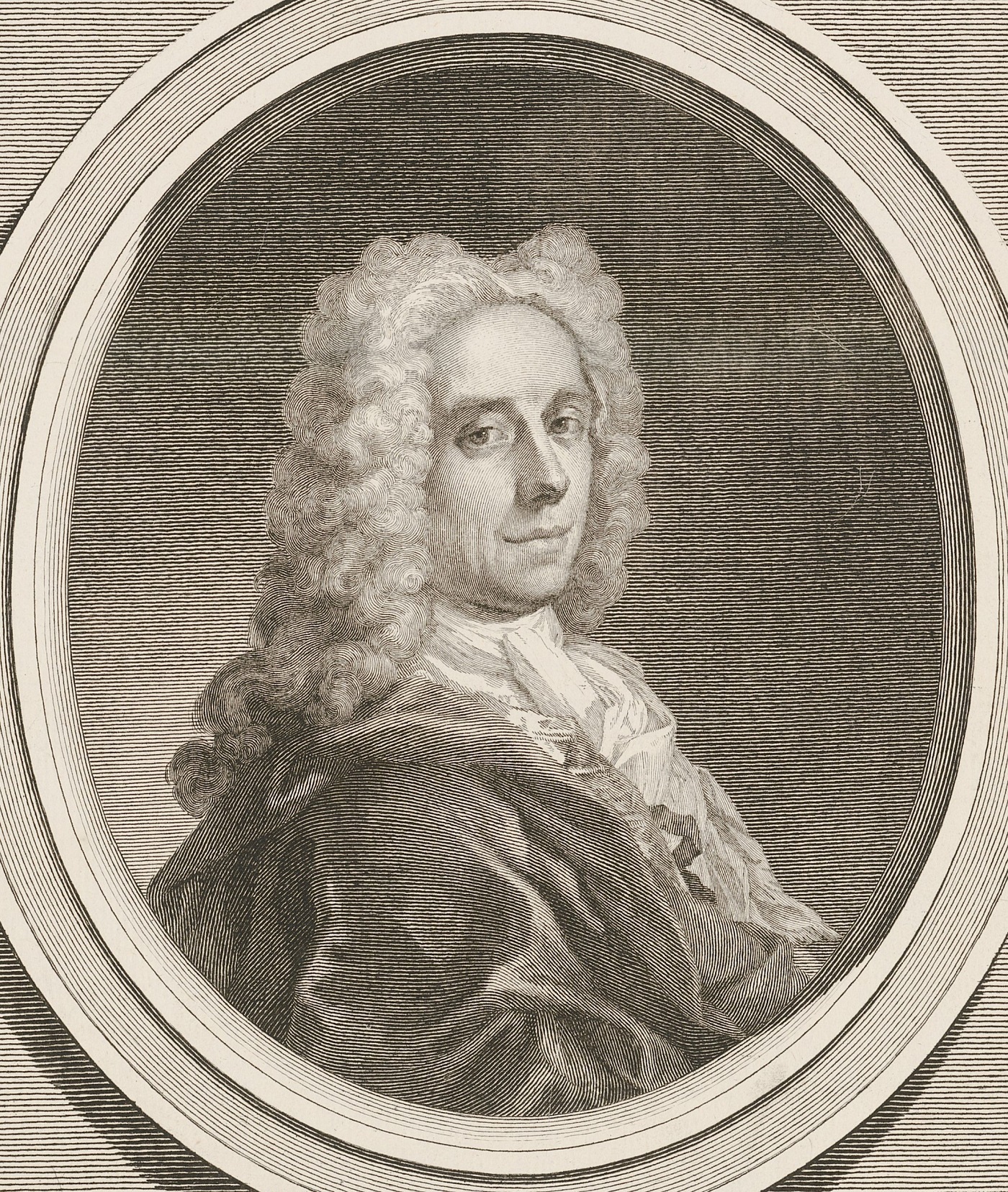
Marco Ricci was an Italian painter of the Baroque period.
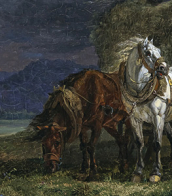
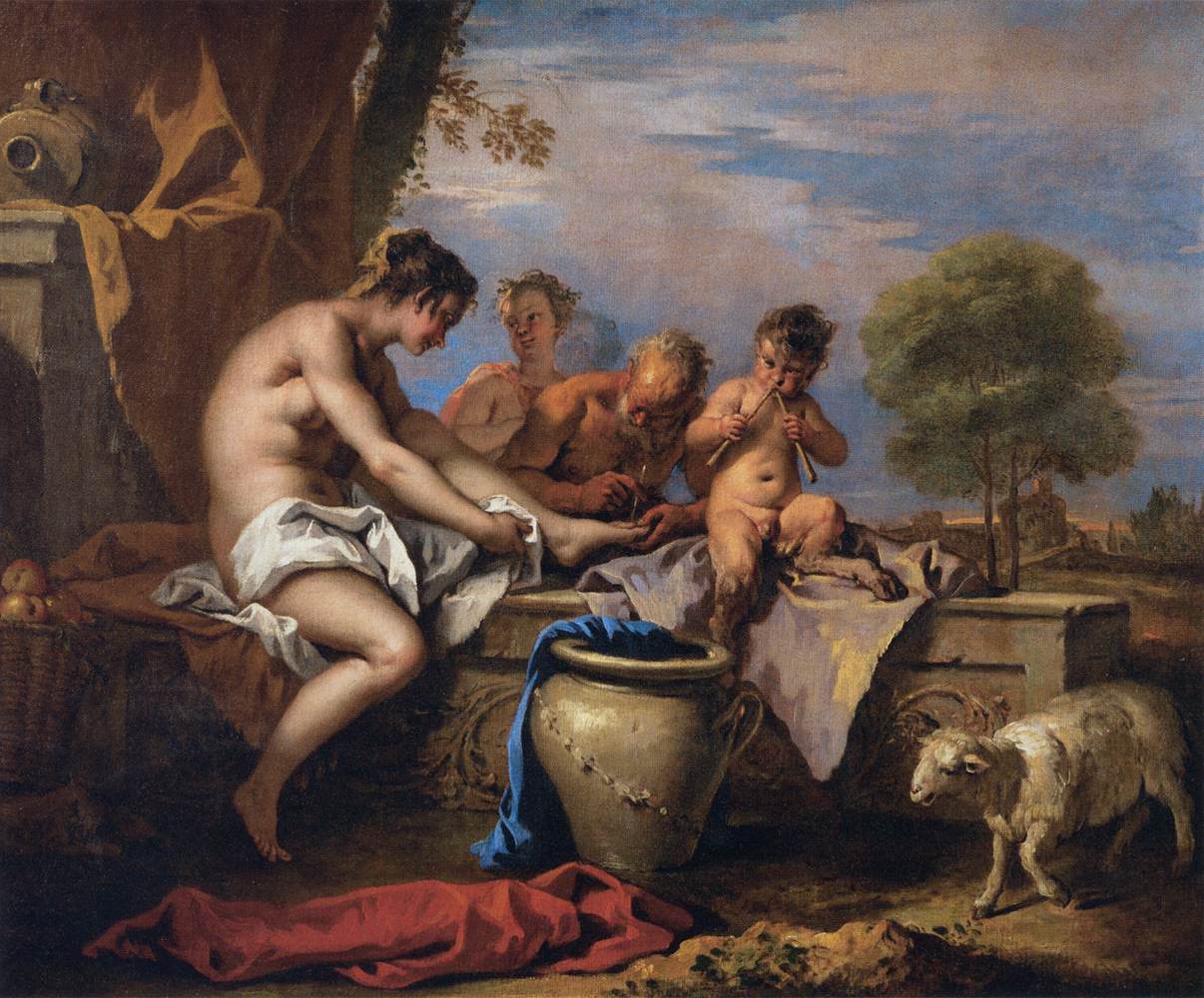
Sebastiano Ricci, an Italian painter, was a significant figure in the late Baroque school of Venice. He moved to Venice at age 12 and was apprenticed to Federico Cervelli. His work took him across Italy and abroad to England and France, where he left his mark with grand decorative paintings and altarpieces that bridged the late Baroque and emerging Rococo styles.
Sebastiano Ricci's style evolved over the years, showing influences from various regions and artists. In Bologna, he was drawn to the Carracci tradition, while in Parma, he absorbed the color sensibilities of Correggio and Parmigianino. His Roman period allowed him to study the works of Baroque decorators, further refining his decorative and coloristic skills. By the time he returned to Venice, Ricci had developed a mature style that incorporated lessons from his travels, particularly from Paolo Veronese.
His works often depicted mythological and religious themes, filled with dynamic compositions and rich color schemes. Notably, his international commissions included decorative schemes for the Royal House of Savoy and significant works in England, where he collaborated with his nephew Marco Ricci. These contributions solidified his reputation across Europe.
Sebastiano Ricci's legacy is seen in his influence on later Venetian painters and his role in transitioning Venetian art from the Baroque to the Rococo. His works remain celebrated for their vibrancy, expressive light, and inventive compositions, holding a prominent place in the collections of major museums worldwide.
For collectors and art enthusiasts, Sebastiano Ricci's works offer a glimpse into a pivotal moment in art history, where the grandeur of the Baroque began to blend with the lighter, more playful elements of the Rococo. His paintings are not only visually stunning but also rich in historical context, reflecting the cross-currents of European art in the early 18th century.
To stay updated on exhibitions and sales featuring Sebastiano Ricci's works, consider subscribing to updates from art institutions and auction houses. This way, you'll be informed about opportunities to view or acquire pieces by this influential artist.
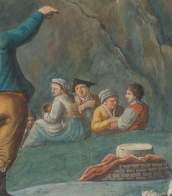

Marco Ricci was an Italian painter of the Baroque period.


Marco Ricci was an Italian painter of the Baroque period.


Sebastiano Ricci, an Italian painter, was a significant figure in the late Baroque school of Venice. He moved to Venice at age 12 and was apprenticed to Federico Cervelli. His work took him across Italy and abroad to England and France, where he left his mark with grand decorative paintings and altarpieces that bridged the late Baroque and emerging Rococo styles.
Sebastiano Ricci's style evolved over the years, showing influences from various regions and artists. In Bologna, he was drawn to the Carracci tradition, while in Parma, he absorbed the color sensibilities of Correggio and Parmigianino. His Roman period allowed him to study the works of Baroque decorators, further refining his decorative and coloristic skills. By the time he returned to Venice, Ricci had developed a mature style that incorporated lessons from his travels, particularly from Paolo Veronese.
His works often depicted mythological and religious themes, filled with dynamic compositions and rich color schemes. Notably, his international commissions included decorative schemes for the Royal House of Savoy and significant works in England, where he collaborated with his nephew Marco Ricci. These contributions solidified his reputation across Europe.
Sebastiano Ricci's legacy is seen in his influence on later Venetian painters and his role in transitioning Venetian art from the Baroque to the Rococo. His works remain celebrated for their vibrancy, expressive light, and inventive compositions, holding a prominent place in the collections of major museums worldwide.
For collectors and art enthusiasts, Sebastiano Ricci's works offer a glimpse into a pivotal moment in art history, where the grandeur of the Baroque began to blend with the lighter, more playful elements of the Rococo. His paintings are not only visually stunning but also rich in historical context, reflecting the cross-currents of European art in the early 18th century.
To stay updated on exhibitions and sales featuring Sebastiano Ricci's works, consider subscribing to updates from art institutions and auction houses. This way, you'll be informed about opportunities to view or acquire pieces by this influential artist.


Sebastiano Ricci, an Italian painter, was a significant figure in the late Baroque school of Venice. He moved to Venice at age 12 and was apprenticed to Federico Cervelli. His work took him across Italy and abroad to England and France, where he left his mark with grand decorative paintings and altarpieces that bridged the late Baroque and emerging Rococo styles.
Sebastiano Ricci's style evolved over the years, showing influences from various regions and artists. In Bologna, he was drawn to the Carracci tradition, while in Parma, he absorbed the color sensibilities of Correggio and Parmigianino. His Roman period allowed him to study the works of Baroque decorators, further refining his decorative and coloristic skills. By the time he returned to Venice, Ricci had developed a mature style that incorporated lessons from his travels, particularly from Paolo Veronese.
His works often depicted mythological and religious themes, filled with dynamic compositions and rich color schemes. Notably, his international commissions included decorative schemes for the Royal House of Savoy and significant works in England, where he collaborated with his nephew Marco Ricci. These contributions solidified his reputation across Europe.
Sebastiano Ricci's legacy is seen in his influence on later Venetian painters and his role in transitioning Venetian art from the Baroque to the Rococo. His works remain celebrated for their vibrancy, expressive light, and inventive compositions, holding a prominent place in the collections of major museums worldwide.
For collectors and art enthusiasts, Sebastiano Ricci's works offer a glimpse into a pivotal moment in art history, where the grandeur of the Baroque began to blend with the lighter, more playful elements of the Rococo. His paintings are not only visually stunning but also rich in historical context, reflecting the cross-currents of European art in the early 18th century.
To stay updated on exhibitions and sales featuring Sebastiano Ricci's works, consider subscribing to updates from art institutions and auction houses. This way, you'll be informed about opportunities to view or acquire pieces by this influential artist.


Sebastiano Ricci, an Italian painter, was a significant figure in the late Baroque school of Venice. He moved to Venice at age 12 and was apprenticed to Federico Cervelli. His work took him across Italy and abroad to England and France, where he left his mark with grand decorative paintings and altarpieces that bridged the late Baroque and emerging Rococo styles.
Sebastiano Ricci's style evolved over the years, showing influences from various regions and artists. In Bologna, he was drawn to the Carracci tradition, while in Parma, he absorbed the color sensibilities of Correggio and Parmigianino. His Roman period allowed him to study the works of Baroque decorators, further refining his decorative and coloristic skills. By the time he returned to Venice, Ricci had developed a mature style that incorporated lessons from his travels, particularly from Paolo Veronese.
His works often depicted mythological and religious themes, filled with dynamic compositions and rich color schemes. Notably, his international commissions included decorative schemes for the Royal House of Savoy and significant works in England, where he collaborated with his nephew Marco Ricci. These contributions solidified his reputation across Europe.
Sebastiano Ricci's legacy is seen in his influence on later Venetian painters and his role in transitioning Venetian art from the Baroque to the Rococo. His works remain celebrated for their vibrancy, expressive light, and inventive compositions, holding a prominent place in the collections of major museums worldwide.
For collectors and art enthusiasts, Sebastiano Ricci's works offer a glimpse into a pivotal moment in art history, where the grandeur of the Baroque began to blend with the lighter, more playful elements of the Rococo. His paintings are not only visually stunning but also rich in historical context, reflecting the cross-currents of European art in the early 18th century.
To stay updated on exhibitions and sales featuring Sebastiano Ricci's works, consider subscribing to updates from art institutions and auction houses. This way, you'll be informed about opportunities to view or acquire pieces by this influential artist.
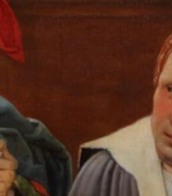
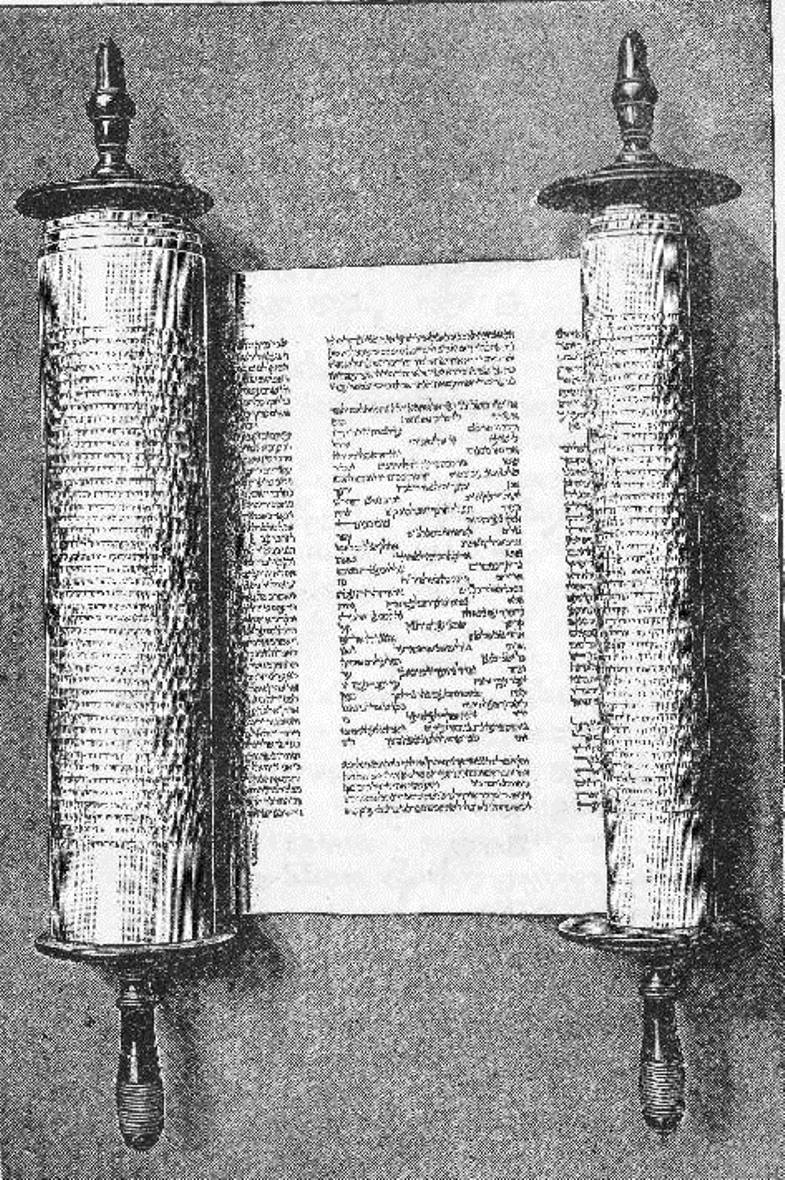
Paolo Ricci (Italian: Paolo Ricci, Latin: Paulus Ricius, German: Paul Ritz), also known as Ritz, Riccio, or Paulus Israelita, was a humanist convert from Judaism, a writer-theologian, Kabbalist, and physician.
After his baptism in 1505 he published his first work, Sol Federis, in which he affirmed his new faith and sought through Kabbalah to refute modern Judaism. In 1506 he moved to Pavia, Italy, where he became a lecturer in philosophy and medicine at the university and met Erasmus of Rotterdam. Ricci was also a learned astrologer, a professor of Hebrew, philosophy, theology, and Kabbalah, a profound connoisseur and translator of sacred texts into Latin and Hebrew, and the author of philosophical and theological works.
Paolo Ricci was a very prolific writer. His Latin translations, especially the translation of the Kabalistic work Shaare Orach, formed the basis of the Christian Kabbalah of the early 16th century.


Paolo Ricci (Italian: Paolo Ricci, Latin: Paulus Ricius, German: Paul Ritz), also known as Ritz, Riccio, or Paulus Israelita, was a humanist convert from Judaism, a writer-theologian, Kabbalist, and physician.
After his baptism in 1505 he published his first work, Sol Federis, in which he affirmed his new faith and sought through Kabbalah to refute modern Judaism. In 1506 he moved to Pavia, Italy, where he became a lecturer in philosophy and medicine at the university and met Erasmus of Rotterdam. Ricci was also a learned astrologer, a professor of Hebrew, philosophy, theology, and Kabbalah, a profound connoisseur and translator of sacred texts into Latin and Hebrew, and the author of philosophical and theological works.
Paolo Ricci was a very prolific writer. His Latin translations, especially the translation of the Kabalistic work Shaare Orach, formed the basis of the Christian Kabbalah of the early 16th century.


Marco Ricci was an Italian painter of the Baroque period.
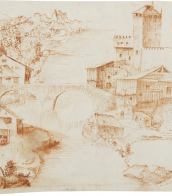

Sebastiano Ricci, an Italian painter, was a significant figure in the late Baroque school of Venice. He moved to Venice at age 12 and was apprenticed to Federico Cervelli. His work took him across Italy and abroad to England and France, where he left his mark with grand decorative paintings and altarpieces that bridged the late Baroque and emerging Rococo styles.
Sebastiano Ricci's style evolved over the years, showing influences from various regions and artists. In Bologna, he was drawn to the Carracci tradition, while in Parma, he absorbed the color sensibilities of Correggio and Parmigianino. His Roman period allowed him to study the works of Baroque decorators, further refining his decorative and coloristic skills. By the time he returned to Venice, Ricci had developed a mature style that incorporated lessons from his travels, particularly from Paolo Veronese.
His works often depicted mythological and religious themes, filled with dynamic compositions and rich color schemes. Notably, his international commissions included decorative schemes for the Royal House of Savoy and significant works in England, where he collaborated with his nephew Marco Ricci. These contributions solidified his reputation across Europe.
Sebastiano Ricci's legacy is seen in his influence on later Venetian painters and his role in transitioning Venetian art from the Baroque to the Rococo. His works remain celebrated for their vibrancy, expressive light, and inventive compositions, holding a prominent place in the collections of major museums worldwide.
For collectors and art enthusiasts, Sebastiano Ricci's works offer a glimpse into a pivotal moment in art history, where the grandeur of the Baroque began to blend with the lighter, more playful elements of the Rococo. His paintings are not only visually stunning but also rich in historical context, reflecting the cross-currents of European art in the early 18th century.
To stay updated on exhibitions and sales featuring Sebastiano Ricci's works, consider subscribing to updates from art institutions and auction houses. This way, you'll be informed about opportunities to view or acquire pieces by this influential artist.
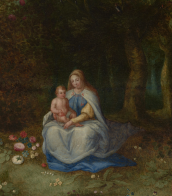

Marco Ricci was an Italian painter of the Baroque period.
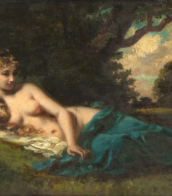
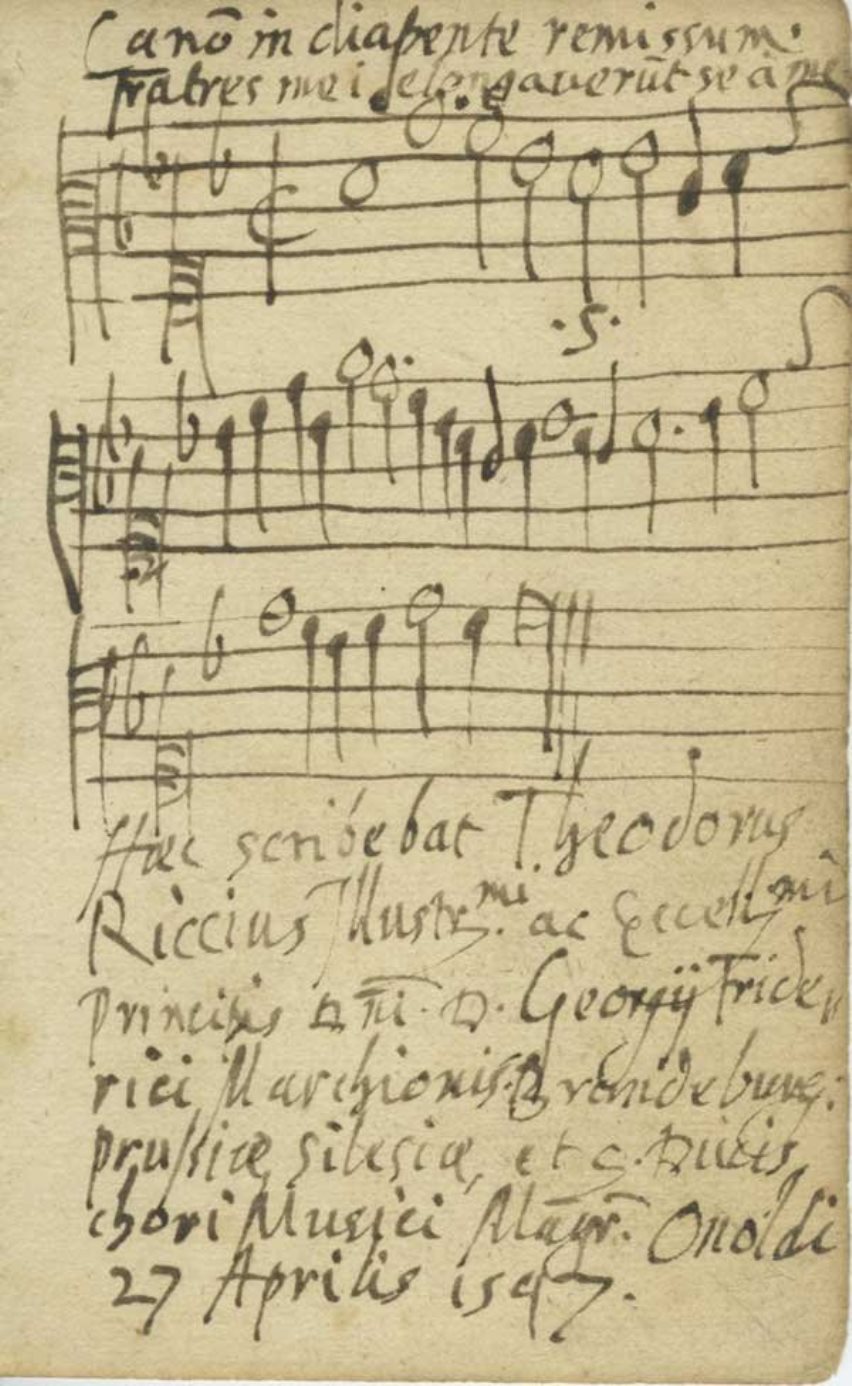
Teodoro Riccio was an Italian composer and Kapellmeister of the second half of the 16th century, who worked in Germany for most of his life.
Educated in church music, Riccio first worked as a Kapellmeister in the church of his hometown in Lombardy, where he composed his first madrigals. In 1575 he arrived at the court of Margrave Georg Friedrich of Ansbach-Brandenburg, to whom he dedicated a famous canon, and moved with the rest of the court musicians to Königsberg when the margrave became governor of the Duchy of Prussia in 1578. In 1585 Riccio was appointed Kapellmeister for life at the margrave's court.
Riccio's works are known mainly from printed sources, although several works survive in manuscripts in the Kremsmünster Abbey, the Koninklijke Bibliothek (Brussels), and the Nuremberg Archives.
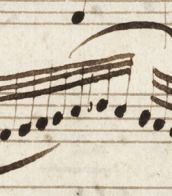

William Shakespeare was a British poet and playwright and writer.
William's father, John Shakespeare, was a merchant and official in Stratford. There are reports that he was a sailor for a time before joining a theater company in London. Beginning in the 1590s, Shakespeare began writing plays, and in 1593 he published a poem, Venus and Adonis, which became popular. He dedicated it to the Duke of Southampton, who was a philanthropist and patron of talent, and soon his business was booming.
From 1592 to 1600 Shakespeare wrote his dramas and romantic comedies "Richard III", "The Taming of the Shrew", "Romeo and Juliet", "A Midsummer Night's Dream" and "The Merchant of Venice", as well as the comedies "Much Ado About Nothing", "Twelfth Night" and the tragedy "Julius Caesar". The playwright's business was so successful that he even bought a large house in Stratford. In 1599, Shakespeare became one of the owners, playwright and actor of the new theater "Globe". In 1603 King James took Shakespeare's troupe under his direct patronage. In the mature period, the great playwright turned to tragedies, there were "Hamlet", "Othello", "King Lear", "Macbeth" and others.
Although in the 19th century researchers had some doubts about the authorship of many of these works, William Shakespeare is considered the greatest English playwright, one of the best playwrights in the world. His plays have been translated into all major languages and to this day form the basis of the world theatrical repertoire, most of them have been screened many times. According to the Guinness Book of Records, Shakespeare remains the world's best-selling playwright, and his plays and poems have sold more than 4 billion copies in the nearly 400 years since his death.


